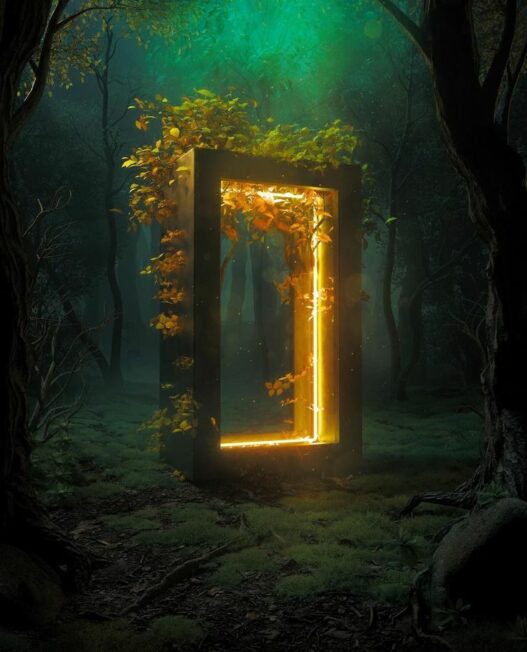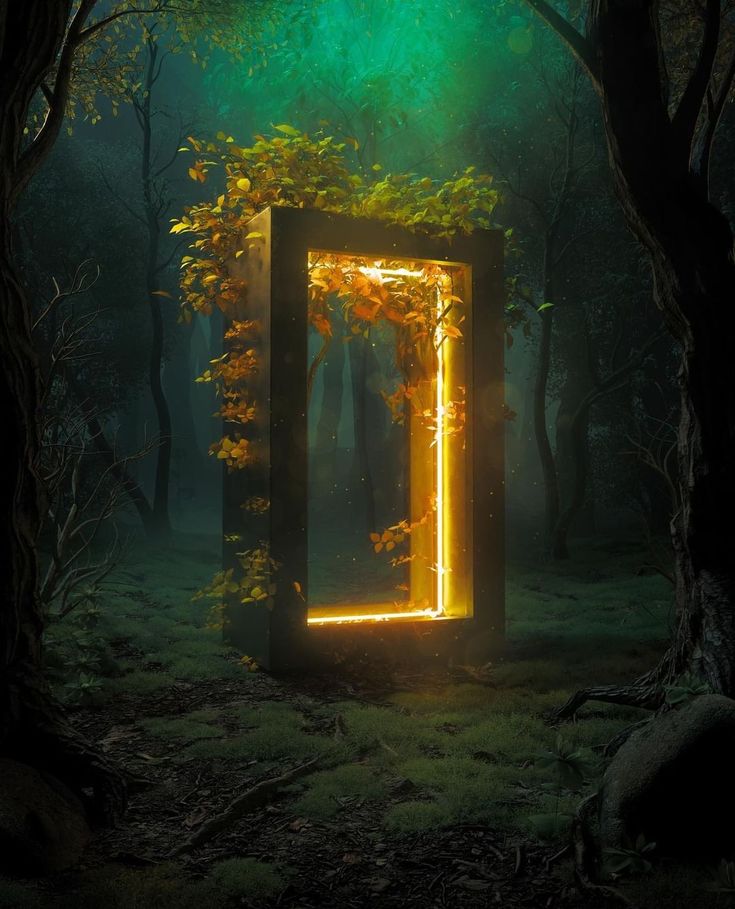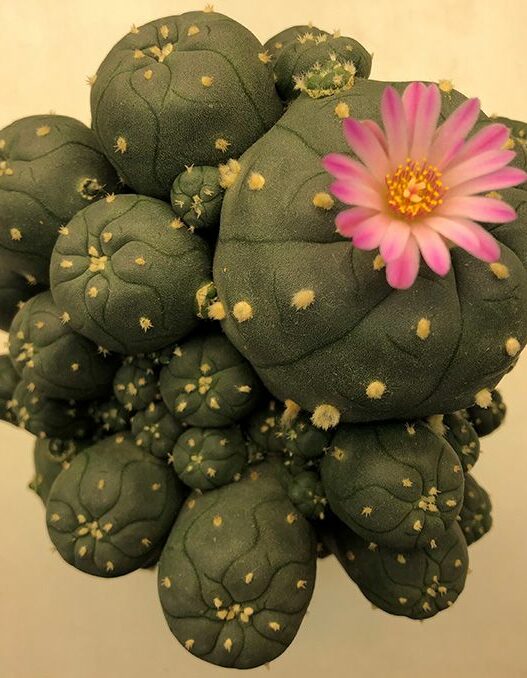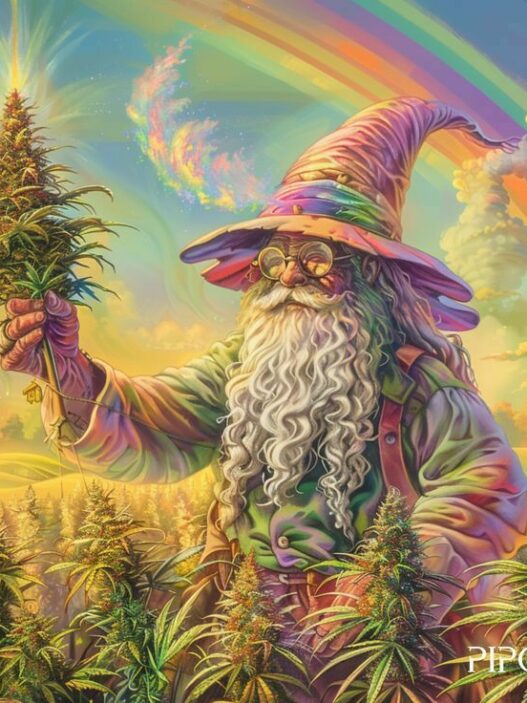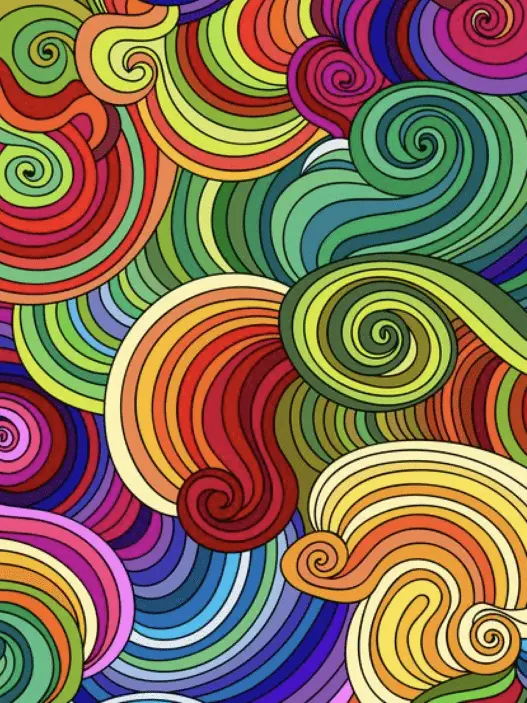Imagine your mind is a snow globe. Over time, thoughts, habits, and beliefs settle like a well-worn path in the snow. Magic mushrooms? They’re like shaking the globe—suddenly, everything swirls, and new patterns emerge.
But what exactly happens in the brain when someone takes magic mushrooms? Let’s break it down.
What Are Magic Mushrooms?
Magic mushrooms, or psilocybin mushrooms, contain a natural psychedelic compound called psilocybin. When consumed, the body converts psilocybin into psilocin, which interacts with the brain in profound ways.
How Do Magic Mushrooms Work in the Brain?
Psilocybin primarily affects serotonin receptors, much like LSD. However, its effect is often described as more introspective, emotional, and connected to nature.
1. Default Mode Network (DMN): The Ego’s Control Center
The Default Mode Network (DMN) is like your brain’s autopilot. It controls your sense of self, routines, and thought loops. When psilocybin enters the system, it temporarily turns down the DMN, allowing thoughts to flow freely.
It’s like a playlist stuck on repeat suddenly switching to shuffle—you start making unexpected connections. This is why people on psilocybin often describe:
✅ Feeling at peace with themselves
✅ Losing their sense of ego (becoming “one” with the universe)
✅ Having deep personal insights
2. Increased Brain Connectivity: A Mental Superhighway
Studies show that under psilocybin, brain regions that don’t usually communicate start talking to each other. Imagine a city where backroads suddenly become highways, allowing new and creative routes to form.
This is why people report:
🔵 Seeing colors more vividly
🔵 Feeling intense emotions
🔵 Revisiting old memories in a new way
3. Emotional Reset: Why It’s Being Studied for Therapy
Psilocybin is being explored as a treatment for depression, PTSD, and anxiety. Why? Because it allows people to break free from rigid thought patterns.
Think of depression as a scratched record, replaying the same painful tune. Psilocybin lifts the needle, giving the brain a chance to reset. Many report feeling “reborn” after a single experience.
Are Magic Mushrooms Safe?
- Low toxicity – Unlike alcohol or opioids, psilocybin isn’t physically harmful.
- Non-addictive – No cravings or withdrawal symptoms.
- Bad trips can happen – In the wrong setting, mushrooms can cause paranoia or anxiety.
Final Thought: Nature’s Mind-Expanding Tool?
Magic mushrooms have been used for centuries in spiritual and healing practices. Science is now catching up, revealing their potential to rewire the brain in ways that could help millions.
Would you ever consider exploring magic mushrooms for personal growth or therapy? Let’s discuss!











